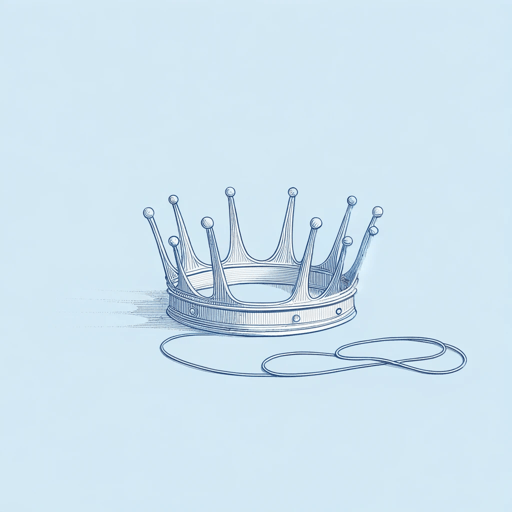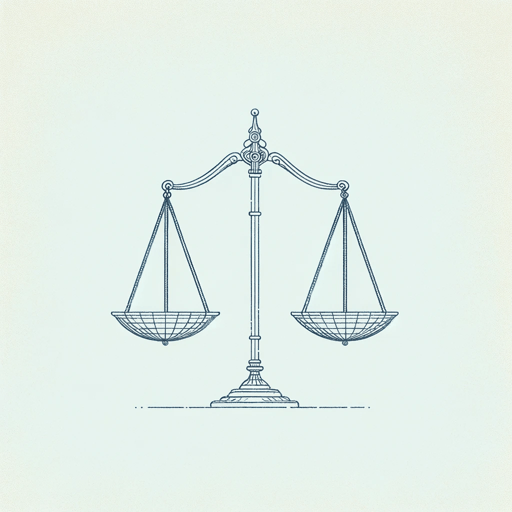18 pages • 36 minutes read
William ShakespeareSonnet 1
Fiction | Poem | Adult | Published in 1609A modern alternative to SparkNotes and CliffsNotes, SuperSummary offers high-quality Study Guides with detailed chapter summaries and analysis of major themes, characters, and more.
Literary Devices
Form and Meter
“Sonnet 1” is a Shakespearean sonnet, also sometimes referred to as an English sonnet. Italian and English sonnets both have 14 lines, but the structure of the lines varies.
The overall architecture of a Shakespearean sonnet is three arguments (one developed in each quatrain) and a conclusion (the final couplet). “Sonnet 1” supports this structure with its rhyme scheme—ABAB CDCD EFEF GG—which divides the quatrains and the final couplet. After the three quatrains with alternating rhymes, the couplet with two adjacent rhyming lines offers a clear ending, or conclusion.
By contrast, Italian sonnets feature two sections, an octave (two quatrains) and a sestet (six lines), separated by a volta, or turn in the direction of thought. The octave has the set rhyme scheme ABBA ABBA, while the sestet has a variable rhyme scheme: CDE CDE or CDC DCD.
Shakespearean sonnets, meanwhile, can include multiple voltas. In “Sonnet 1,” the volta between the first and second quatrain is indicated by the conjunction “But” (Line 5). This word introduces a turn towards the specific—and childless—addressee of the poem, who is contrasted with the generic “fairest creatures” (Line 1) described in the first quatrain.
Related Titles
By William Shakespeare

All's Well That Ends Well
William Shakespeare

A Midsummer Night's Dream
William Shakespeare

Antony and Cleopatra
William Shakespeare

As You Like It
William Shakespeare

Coriolanus
William Shakespeare

Cymbeline
William Shakespeare

Hamlet
William Shakespeare

Henry IV, Part 1
William Shakespeare

Henry IV, Part 2
William Shakespeare

Henry V
William Shakespeare

Henry VIII
William Shakespeare

Henry VI, Part 1
William Shakespeare

Henry VI, Part 3
William Shakespeare

Julius Caesar
William Shakespeare

King John
William Shakespeare

King Lear
William Shakespeare

Love's Labour's Lost
William Shakespeare

Macbeth
William Shakespeare

Measure For Measure
William Shakespeare

Much Ado About Nothing
William Shakespeare

